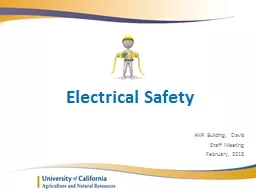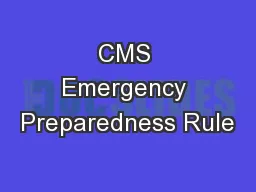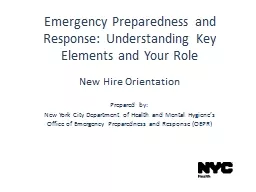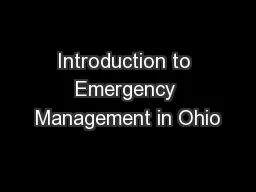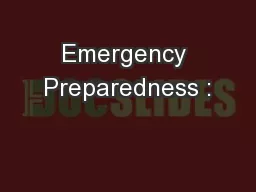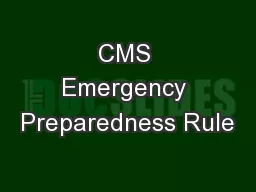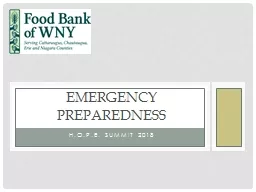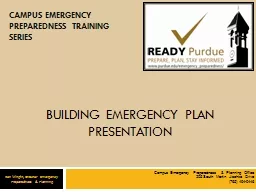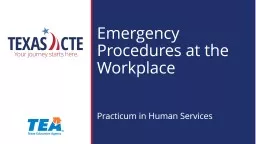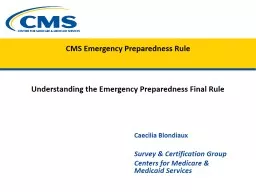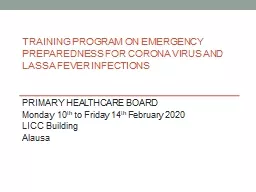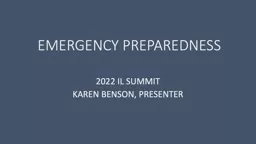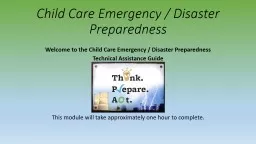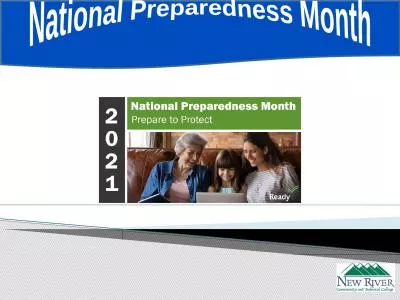PPT-Emergency Preparedness ANR Building, Davis
Author : widengillette | Published Date : 2020-06-17
Staff Meeting September 2015 Disasters and Emergencies happen Drought Earthquakes Extreme Heat Floods Hurricanes LandslidesDebris Severe Weather Space Weather Thunderstorms
Presentation Embed Code
Download Presentation
Download Presentation The PPT/PDF document "Emergency Preparedness ANR Building, Dav..." is the property of its rightful owner. Permission is granted to download and print the materials on this website for personal, non-commercial use only, and to display it on your personal computer provided you do not modify the materials and that you retain all copyright notices contained in the materials. By downloading content from our website, you accept the terms of this agreement.
Emergency Preparedness ANR Building, Davis: Transcript
Download Rules Of Document
"Emergency Preparedness ANR Building, Davis"The content belongs to its owner. You may download and print it for personal use, without modification, and keep all copyright notices. By downloading, you agree to these terms.
Related Documents

